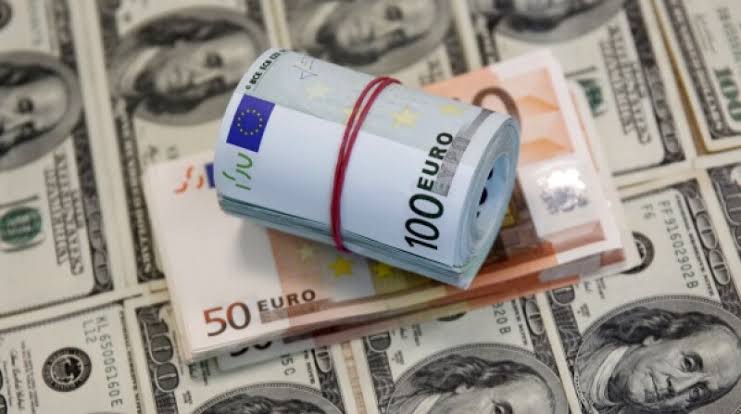Oct 4, 2022
VOT Research Desk
Key Insights and Analysis
After rising to its highest level in over ten days near 0.9900, EUR/USD has dipped slightly. The pair, on the other hand, clings to substantial daily gains around 0.9870 despite the fact that risk flows continue to dominate the financial markets. Mid-tier US data releases are awaited by investors.
On the four-hour chart, the Relative Strength Index (RSI) has not yet risen above 70, indicating that EUR/USD has more upside room before becoming technically overbought. Additionally, the bullish bias was confirmed by the fact that the most recent four-hour candle finished above the 100-period SMA.
The psychological level of 0.9900 serves as EUR/USD’s initial resistance. Before aiming for parity, the pair still needs to clear the hurdles of 0.9930 (the 200-period SMA) and 0.9950 (the former support, static level) if buyers are successful in turning that level into support.
Prior to 0.9800 (psychological level, Fibonacci 50% retracement) and 0.9750 (Fibonacci 38.2% retracement, 50-period SMA), key support is provided on the downside by 0.9850 (Fibonacci 61.8% retracement of the most recent downtrend).
Following Monday’s positive closing, EUR/USD has maintained its bullish momentum and reached its highest level since September 22 near 0.9900 early Tuesday. If risk flows continue to dominate the financial markets, the pair may stretch higher, but it will likely encounter several strong resistances before reaching parity.
Monday’s EUR/USD gained during the second half of the day due to widespread selling pressure on the dollar.
The manufacturing sector’s business activity continued to expand at a moderate rate in September, according to ISM data. The report’s underpinning details showed that sectoral employment decreased and input price pressures continued to ease, which led markets to reduce their hawkish Fed bets.
The probability of a 75 basis point rate increase in September is now 50%, compared to 62.5 percent last week, according to the CME Group FedWatch Tool.Since the beginning of the week, the US Dollar Index has fallen nearly 1%.
In the meantime, on Tuesday, Internal Market Commissioner Thierry Breton and European Economic Commissioner Paolo Gentiloni called for joint EU borrowing to address the energy crisis. Officials suggested that the debt issued to support employment during the coronavirus pandemic could serve as a model for the new borrowing program.
On the other hand, German Finance Minister Christian Lindner voiced his opposition by arguing that the joint debt of the EU would not, in the long run, assist them in strengthening their competitiveness. Investors are likely to pay close attention to new developments in this area, even though it is too early to predict how such a decision would affect the European Central Bank’s policy outlook.
The US economic docket will feature August JOLTS Job Opening and Factory Orders data in the second half of the day.US stock index futures were up between 1.3% and 1.8% as of this writing. The dollar is likely to remain on the back foot in the second half of the day, unless these data force investors to seek refuge, as Wall Street’s main indexes extend their rally.









